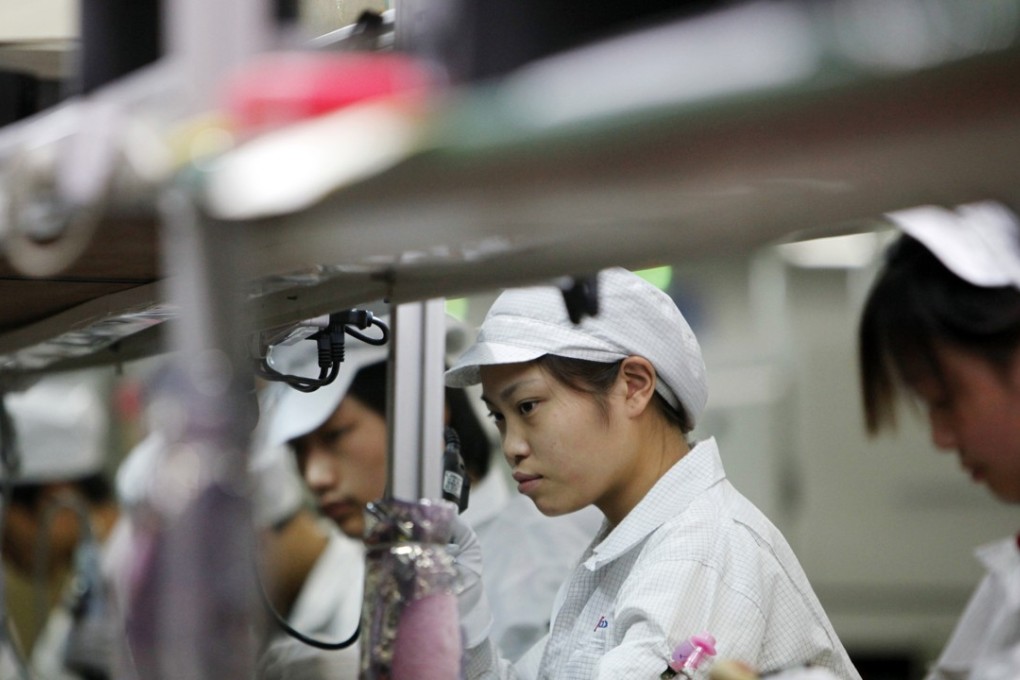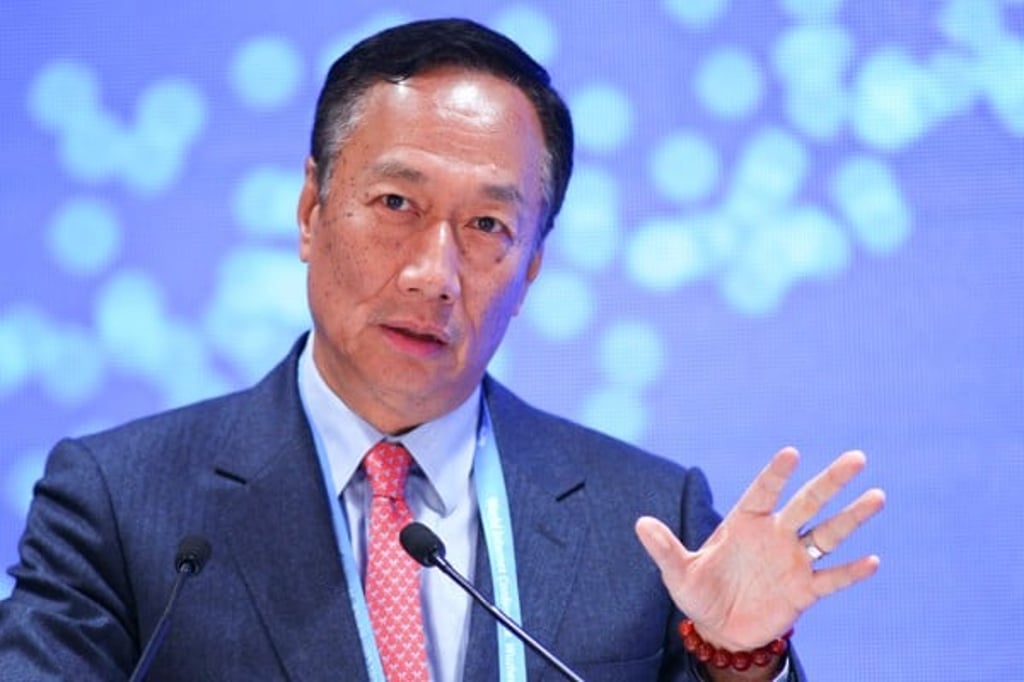New | Hon Hai will build US assembly for display panels to get closer to American customers

Hon Hai Precision Industry, the world’s largest contract electronics manufacturer, is moving ahead with plans to establish a display panel factory in the United States to be closer to its biggest customers, giving Donald Trump bragging right to bolster his “American First” political message and jobs agenda.
The Taiwan company’s founder Terry Gou (郭台銘) will proceed with a US$7 billion American factory to make display panels for televisions and other electronic devices, following several low-key White House meetings in late April between him, the president of Sharp Corp. -- the Japanese electronics maker two-thirds owned by Hon Hai -- and Trump administration officials, according to analysts and officials familiar with his plans.

The move is a significant step for Foxconn Technology Group, as the company is also called, getting it closer to its biggest customers including Apple Inc and Dell Inc. Hon Hai is the largest contract assembler of Apple’s iPhones and iPads.
“The US, or North America as a whole, is the most important consumer electronics market worldwide,” said Eric Chiou, research vice president with the WitsView division of Taipei-based market analysis firm TrendForce. “Since panels are needed in TVs, notebooks, smartphones and other devices, setting up panel fabrication facilities and to promote local manufacturing could help bring about further supply chain integration for non-U.S. consumer electronics companies and create proximity advantage for them.”